Joshua Job
Restricted Boltzmann Machines for galaxy morphology classification with a quantum annealer
Nov 14, 2019
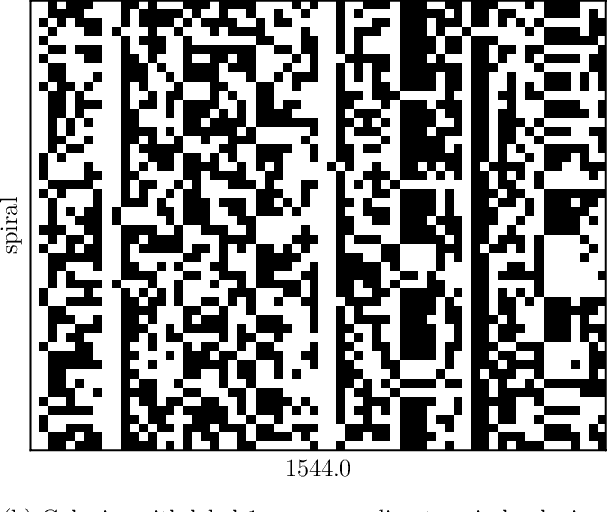

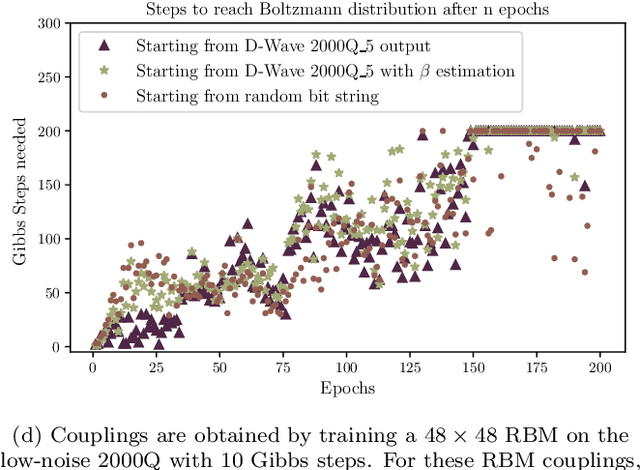
Abstract:We present the application of Restricted Boltzmann Machines (RBMs) to the task of astronomical image classification using a quantum annealer built by D-Wave Systems. Morphological analysis of galaxies provides critical information for studying their formation and evolution across cosmic time scales. We compress the images using principal component analysis to fit a representation on the quantum hardware. Then, we train RBMs with discriminative and generative algorithms, including contrastive divergence and hybrid generative-discriminative approaches. We compare these methods to Quantum Annealing (QA), Markov Chain Monte Carlo (MCMC) Gibbs Sampling, Simulated Annealing (SA) as well as machine learning algorithms like gradient boosted decision trees. We find that RBMs implemented on D-wave hardware perform well, and that they show some classification performance advantages on small datasets, but they don't offer a broadly strategic advantage for this task. During this exploration, we analyzed the steps required for Boltzmann sampling with the D-Wave 2000Q, including a study of temperature estimation, and examined the impact of qubit noise by comparing and contrasting the original D-Wave 2000Q to the lower-noise version recently made available. While these analyses ultimately had minimal impact on the performance of the RBMs, we include them for reference.
Quantum adiabatic machine learning with zooming
Aug 13, 2019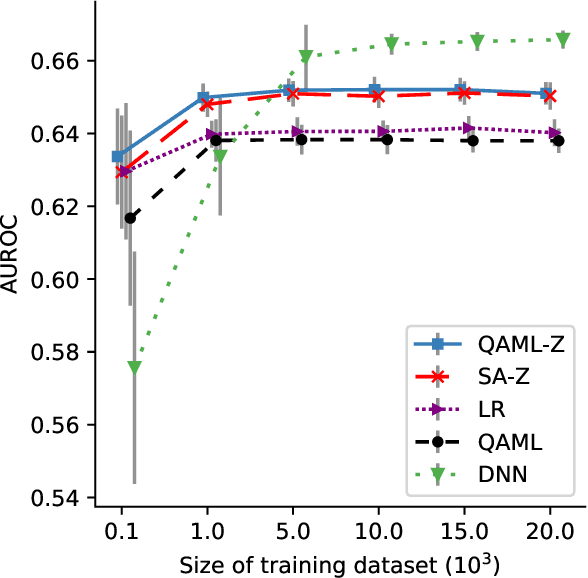

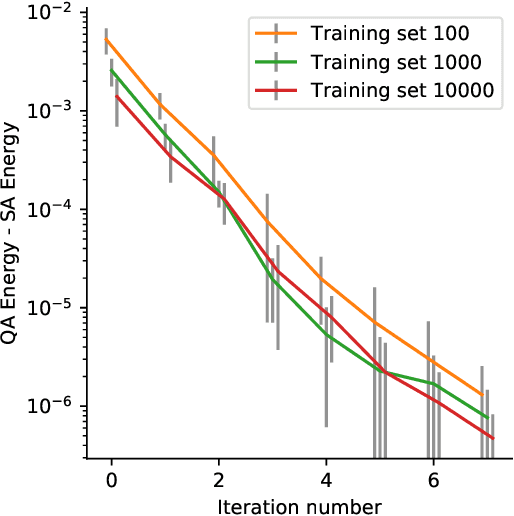
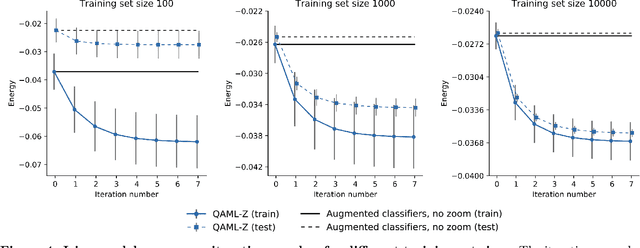
Abstract:Recent work has shown that quantum annealing for machine learning (QAML) can perform comparably to state-of-the-art machine learning methods with a specific application to Higgs boson classification. We propose a variant algorithm (QAML-Z) that iteratively zooms in on a region of the energy surface by mapping the problem to a continuous space and sequentially applying quantum annealing to an augmented set of weak classifiers. Results on a programmable quantum annealer show that QAML-Z increases the performance difference between QAML and classical deep neural networks by over 40% as measured by area under the ROC curve for small training set sizes. Furthermore, QAML-Z reduces the advantage of deep neural networks over QAML for large training sets by around 50%, indicating that QAML-Z produces stronger classifiers that retain the robustness of the original QAML algorithm.
Charged particle tracking with quantum annealing-inspired optimization
Aug 13, 2019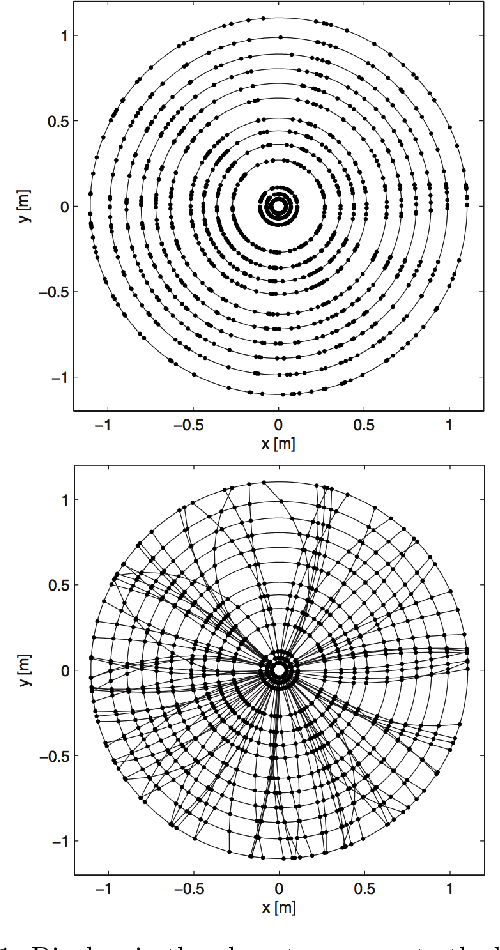
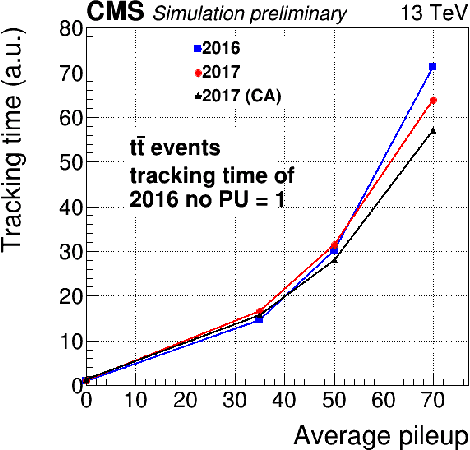
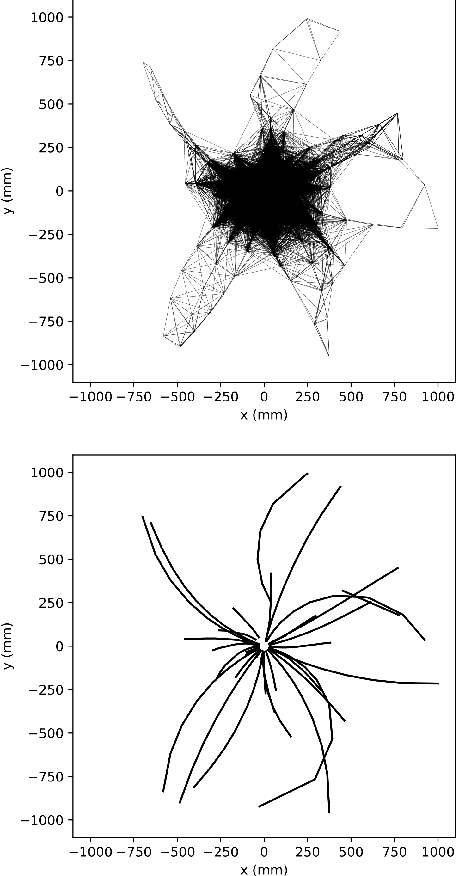
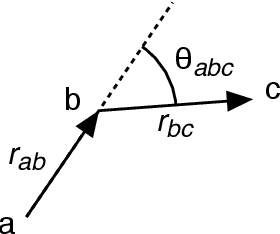
Abstract:At the High Luminosity Large Hadron Collider (HL-LHC), traditional track reconstruction techniques that are critical for analysis are expected to face challenges due to scaling with track density. Quantum annealing has shown promise in its ability to solve combinatorial optimization problems amidst an ongoing effort to establish evidence of a quantum speedup. As a step towards exploiting such potential speedup, we investigate a track reconstruction approach by adapting the existing geometric Denby-Peterson (Hopfield) network method to the quantum annealing framework and to HL-LHC conditions. Furthermore, we develop additional techniques to embed the problem onto existing and near-term quantum annealing hardware. Results using simulated annealing and quantum annealing with the D-Wave 2X system on the TrackML dataset are presented, demonstrating the successful application of a quantum annealing-inspired algorithm to the track reconstruction challenge. We find that combinatorial optimization problems can effectively reconstruct tracks, suggesting possible applications for fast hardware-specific implementations at the LHC while leaving open the possibility of a quantum speedup for tracking.
 Add to Chrome
Add to Chrome Add to Firefox
Add to Firefox Add to Edge
Add to Edge